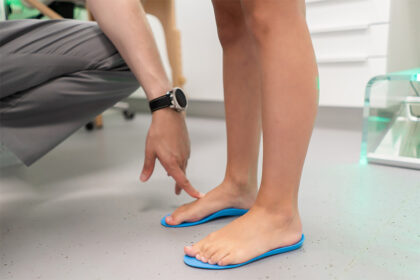When pain, injury, or a degenerative condition affects the hands, it can disrupt daily life. The path from diagnosis to recovery often involves a multi-stage approach, which may include surgical intervention followed by a structured rehabilitation program. A hand surgeon works not only to correct the anatomical issue but also to guide the patient through a recovery process designed to restore function and mobility.
What Hand Conditions Need Surgery?
A variety of conditions affecting the intricate structures of the hand, wrist, and forearm may necessitate surgery. Common indications for hand surgery can include complex fractures that require stabilization to heal correctly. Degenerative conditions, such as arthritis, may lead to joint pain, deformity, and loss of motion, sometimes necessitating surgical correction. Injuries to soft tissues are another frequent reason for surgery.
Nerve-related problems are also a focus of hand surgery. Nerve entrapment syndromes, such as carpal tunnel syndrome, occur when a nerve is compressed. This can lead to numbness, tingling, and weakness. Other conditions treated surgically include trigger finger, where a finger becomes locked in a bent position. Surgeons also address ganglion cysts. Conditions like De Quervain’s tenosynovitis may also be managed with surgical procedures.
What Can Surgery Entail?
The surgical technique chosen by a hand surgeon is tailored to the individual’s diagnosis, anatomy, and desired outcome. This is often informed by physical examination and imaging studies. Many procedures can be performed using minimally invasive approaches designed to reduce tissue disruption.
For joint-related issues, arthroscopy enables surgeons to view and treat problems inside a joint through small incisions. Some fractures or tendon issues may be addressed using percutaneous techniques, which involve inserting needles or small instruments through the skin. Endoscopic releases are common for nerve entrapment conditions like carpal tunnel syndrome.
Other procedures might involve the direct repair of a torn tendon or a tendon transfer to restore lost function. Nerve decompressions may be performed to relieve pressure on compressed nerves. Following the operation, the hand and wrist are typically protected with dressings or a splint.
What Does Rehabilitation Involve?
Recovery after hand surgery is a guided process. The hand surgeon can collaborate with occupational or physical therapists to create a personalized rehabilitation plan. This plan unfolds in stages, carefully progressing as the hand heals to rebuild strength, flexibility, and coordination.
A structured sequence of exercises is central to the rehabilitation program. Early stages may include protected passive motion, where the therapist moves the patient’s hand and fingers. This can progress to active-assisted motion, where the patient begins to engage the muscles with some support. Patients eventually move to active range-of-motion exercises. Many programs incorporate exercises such as gently making a fist, performing individual finger taps, practicing thumb opposition to touch each finger, executing wrist stretches, and performing forearm rotations.
As healing advances, the program incorporates strengthening exercises to enhance recovery. The ultimate objective is to help the patient return to their normal daily tasks, work duties, and recreational activities. Therapists may provide guidance on ergonomics and body mechanics to help protect the hand from future strain.
Confer With Your Hand Surgeon
A successful outcome depends on a collaborative relationship between the patient and the surgical team. Choosing a surgical procedure is done with the subsequent rehabilitation in mind, aligning the intervention with the long-term goals for function and activity. Patients should have open discussions with their hand surgeon about the recovery process. Your surgeon can provide a personalized timeline, explain the stages of rehabilitation, and clarify what activities are appropriate at each phase of your healing journey.









